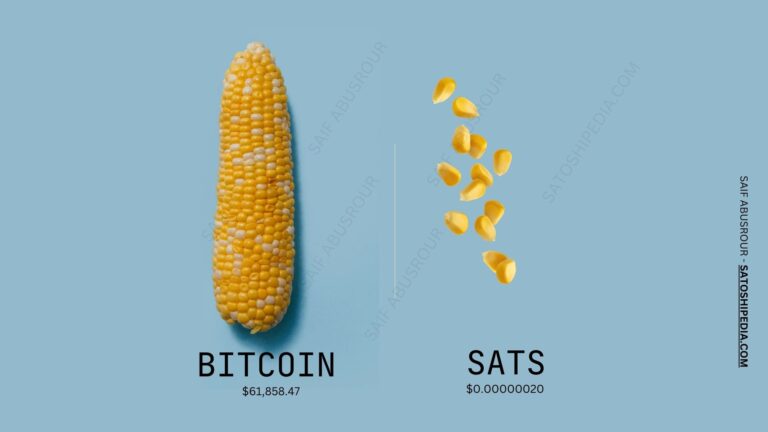“Revolutionizing Ethereum: BuilderNet Could End the Block Centralization Problem!”
Ethereum, the second-largest blockchain in the world, has been facing a big problem. For weeks, two block builders, Beaverbuild and Titan Builder, have been responsible for creating around 88% of the blocks on Ethereum. This might not sound like a big deal, but it is, and here’s why.
Why is This Important?
Ethereum works by separating the process of building blocks (where transactions are stored) from the process of proposing blocks (where these blocks are validated). Normally, many different builders should be involved to keep the network decentralized and secure. However, right now, a few big players are doing most of the work. This centralization of power can lead to issues like censorship of transactions, delays in transactions, and even the possibility of manipulating transaction order for profit. Imagine a situation where these block builders can pick and choose transactions based on what makes them the most money, and they could even block certain transactions.
Enter BuilderNet: A Game-Changer for Decentralization
To solve this, Flashbots, a company focused on Ethereum’s infrastructure, launched BuilderNet. This new system, which went live on November 26, is designed to break up the control of just a few builders by letting many different parties work together to build Ethereum blocks. Instead of a centralized process, where only a few builders control everything, BuilderNet spreads this responsibility across a large network, preventing those problems of censorship and unfair profit-making.
Why is this so revolutionary? Well, it’s all about decentralization. When too much power is in the hands of a few, things can go wrong. Vitalik Buterin, the co-founder of Ethereum, has already warned that if nothing is done to solve this, Ethereum could face even bigger centralization issues. BuilderNet helps avoid that by creating a system where many parties can collaborate and ensure the network stays secure and fair.
How Does BuilderNet Work?
- Multi-Operator System: Instead of one builder doing everything, multiple operators will help in the block creation process. This makes it harder for any one group to control everything.
- Trusted Execution Environment: This allows different protocols to verify each other’s transactions, making the system more transparent and secure.
- Redistribution of Profits: Normally, Maximal Extractable Value (MEV) refers to the extra profit builders make by choosing which transactions to include. With BuilderNet, this extra value is redistributed back to the users, so the focus is on fairness.
- Censorship Resistance: One of the key goals of BuilderNet is to ensure that Ethereum transactions can’t be censored by powerful entities. For example, many Ethereum blocks have been censored to comply with U.S. regulations, but BuilderNet aims to eliminate this problem.
Why Does This Matter to You?
This new technology is important because it ensures that Ethereum remains decentralized and resistant to censorship. It also means that more people can participate in building blocks, which increases network security and makes sure that no single entity has too much control.
If you’re learning about Ethereum or cryptocurrencies in general, understanding systems like BuilderNet is crucial because they represent the future of how blockchain networks can stay open, secure, and fair. As more and more of our world moves online, it’s vital to understand how these technologies will protect our privacy and freedom in the digital world.
Key Terms to Remember:
- Centralization: When a few entities control most of a network.
- Decentralization: Spreading power across many players to avoid control by any one group.
- Maximal Extractable Value (MEV): The profit builders make from reordering transactions.
- Censorship Resistance: Ensuring no one can block transactions for political or financial reasons.
- Trusted Execution Environment: A secure area for verifying transactions.
By understanding how Ethereum is evolving, especially with projects like BuilderNet, you’re not only staying ahead of trends but also gaining knowledge that could help you navigate the ever-changing world of blockchain and cryptocurrencies. This is how the next generation of digital infrastructure will be built, and you can be part of it by understanding and engaging with these developments now.



